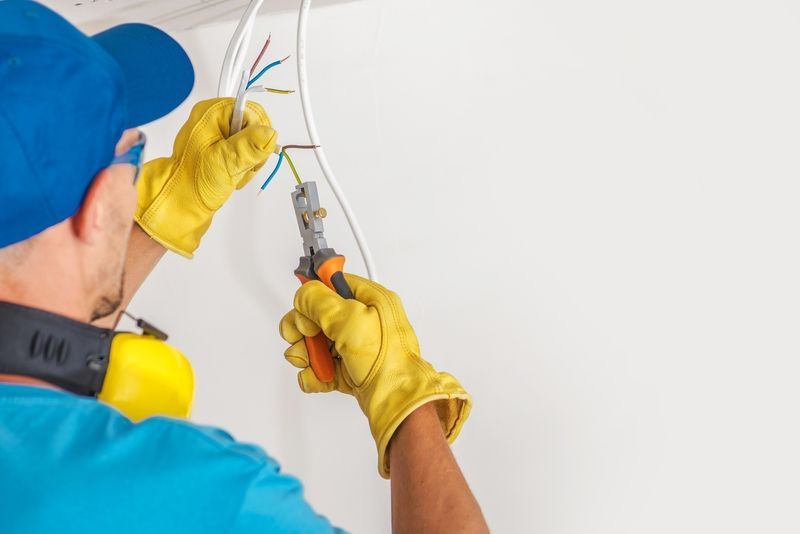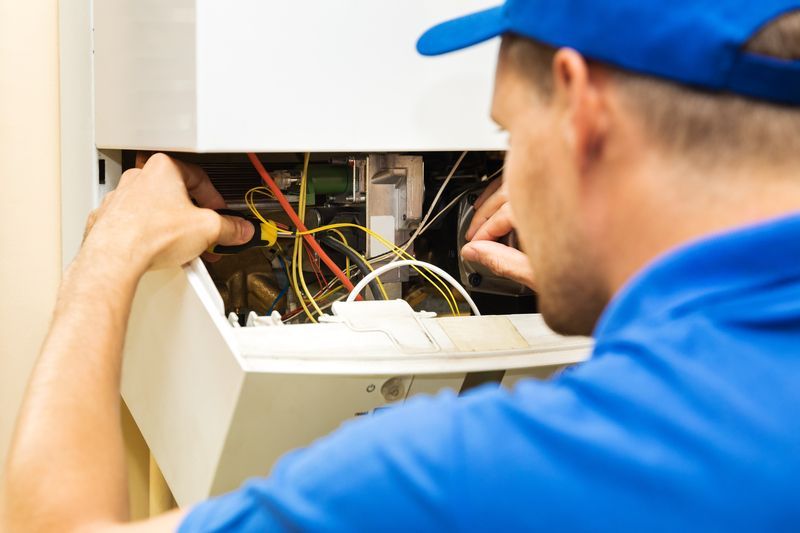Within the vast landscape of networking, a critical element often underestimated is the certification of cabling. Effective cabling certification plays a pivotal role in preventing potential issues such as signal interference, data loss, and network downtime. Through accessible explanations and practical insights, it equips businesses with the knowledge needed to prioritize cabling certification as a fundamental aspect of their network maintenance strategy. By adhering to industry standards and certification protocols, organizations can guarantee the reliability and effectiveness of their network infrastructure, ensuring seamless communication and data transmission.
Understanding Cabling Certification
Certification for network cabling systems is more than just a final checkbox on an installation project. It's a comprehensive evaluation that ensures your system meets specific industry standards, such as those set by the Telecommunications Industry Association/Electronic Industries Alliance (TIA/EIA) or the International Organization for Standardization/International Electrotechnical Commission (ISO/IEC). This process is crucial for any business relying on a robust, efficient network.
The benefits of having your network cabling system certified include compliance with global and industry-specific standards, ensuring the reliability and high performance of your network infrastructure, and scalability. A certified system can easily adjust to technological advancements and the growing needs of your business.
Pre-certification Assessment
A successful certification begins with a detailed pre-certification assessment. This involves conducting a site survey to understand the specifics of the installation environment. The assessment aims to identify potential challenges that could affect the cabling system’s performance or complicate the installation process. Challenges might include constraints related to space, environmental conditions (such as humidity and temperature), and potential sources of electromagnetic interference.
Another critical step in the pre-certification assessment is documenting the existing network infrastructure. This information provides a baseline for planners and installers, ensuring that any new installations or upgrades integrate seamlessly with the current setup. Detailed documentation helps avoid redundancy, reduces costs, and ensures that the cabling system is designed with future scalability in mind.
Understanding these foundational aspects is necessary before moving on to selecting the proper materials and adhering to installation best practices. Comprehensive planning and thorough assessment are key to navigating the certification process smoothly, ensuring your network's long-term efficiency and reliability.
Overall, the path to a certified network cabling system starts with a deep understanding of certification's importance and a thorough pre-certification assessment. These steps lay down the groundwork for a seamless certification process, ensuring your network cabling system meets the necessary standards and supports your business operations efficiently.
Selecting the Right Cabling Materials
The foundation of a reliable network cabling system lies in choosing the appropriate cabling materials. The debate between copper and fiber optic cables is a significant one, with both offering their distinct advantages and disadvantages. Copper cables are generally more cost-effective and easier to install, making them suitable for shorter distances. On the other hand, fiber optic cables offer higher bandwidth and can transmit data over much longer distances without loss of signal quality, albeit at a higher initial cost.
Focusing solely on cost can be a mistake. The quality of the materials is paramount for a system that is not only compliant but also reliable and easy to maintain. It’s beneficial to invest in materials from trusted brands with proven certifications. These materials have been tested rigorously to meet industry standards, ensuring your cabling system performs optimally and is ready for certification.
Installation Best Practices
Correct installation is crucial for the performance and longevity of your network cabling system. Proper cable management, avoiding tight bends and undue stress on cables, and adhering to best practices for cable routing can significantly impact system reliability. Equally important is the clear labeling of cables and documentation of the network architecture. This meticulous approach facilitates easier maintenance, troubleshooting, and future upgrades.
Common pitfalls during installation include disregarding the environment in which the cables will operate. Factors such as electromagnetic interference, physical obstructions, and environmental conditions should be considered to prevent degradation in performance.
Testing Before Certification
Before proceeding with certification, it’s critical to conduct comprehensive testing of the cabling infrastructure. This includes continuity tests to ensure there are no breaks in the cable, length tests to confirm the cable length does not exceed specifications, and performance tests to verify data transmission rates. Utilizing certified testing equipment is essential for accurate results.
Interpreting the results accurately is just as important as the tests themselves. It allows IT managers to troubleshoot any issues effectively before the certification process. This step is crucial in ensuring that your cabling system meets or exceeds the required standards for certification, ensuring a smooth passage through the certification process.
Meticulous selection of cabling materials, adhering to best installation practices, and thorough pre-certification testing are crucial steps in preparing a network cabling system for certification. These steps ensure that the system not only passes certification but also supports your business reliably and efficiently in the long term.
The Certification Process
The completion of the installation and pre-certification testing heralds the onset of the formal certification process. This critical phase is conducted by certified professionals who employ advanced diagnostic tools to scrutinize every aspect of your network cabling system against established industry standards. IT managers can expect a thorough examination of the physical installation, performance metrics, and conformity to specifications like TIA/EIA or ISO/IEC standards. While the timeframe and cost might vary depending on the complexity of the system and the certifying body, the invaluable assurance of a certified network is well worth the investment.
Working closely with a certification professional not only facilitates a smoother certification process but also provides enlightenment on subtle nuances that can enhance system performance and compliance. Following this, receiving your certification serves as a testament to the system's capability to support your operational demands reliably.
Post-Certification Practices
Achieving certification is not the end of the journey. Maintaining the status of your certification necessitates regular audits and reviews of the cabling infrastructure. This proactive approach not only helps in preserving compliance but also in identifying opportunities for performance augmentation and capacity expansion. It's also significant to note that any subsequent upgrades or modifications undertaken should strictly adhere to the certified standards to ensure continuous compliance and performance efficacy.
In the dynamic landscape of technological evolution, staying abreast of changes and advancements in standards and practices can bolster your network's robustness and scalability, preparing it for future demands.
Local Regulations and Compliance
Lastly, IT managers should anchor their certification process in the context of local regulations and building codes. Variations in regional requirements can have implications for your cabling system’s design and installation. For instance, adherence to local fire codes, building access regulations, and environmental standards is pivotal. Such compliance not only ensures legal adherence but can also enhance your network’s safety and performance standards.
Certification also stands at the intersection of legal considerations and insurance scenarios. A certified network potentially mitigates liabilities and may favor negotiations with insurers, highlighting the comprehensive benefits of the certification beyond mere operational enhancement.
Navigating the waters of network cabling certification is a multifaceted undertaking involving meticulous preparation, understanding of materials and best practices, adherence to local regulations, and an ongoing commitment to excellence and compliance. As IT landscapes continue to evolve, securing and maintaining your network’s certification will serve as a cornerstone for operational stability and growth.
Ready to optimize your network performance and ensure reliability? Reach out to Data Cabling Service today to schedule a consultation and take the first step toward a more efficient and robust network.











Our Licenses
Idaho - Contractor RCE-38750
Public Works PWC-C-10922-AA-4
Washington – Contractor #DATACCS781M7, Telecommunications
Nevada – Contractor 0073841, Class C-2D
California – Contractor 937948, Class C-7